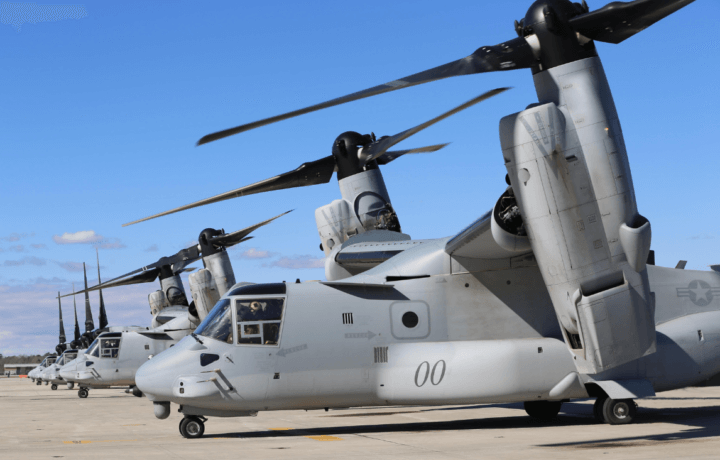While the current unemployment rate in the United States sits at around 8.4%, down slightly from August, there are still shortages in many sectors. IT jobs have remained strong despite the pandemic, and the shortage of cybersecurity talent is almost as bad as it was a year and a half ago, while the cleared engineering shortage also has remained an issue for the past two years.
However, where the issue is most serious could be in military aviation as this could be a matter of national security. Earlier this year, the United States Air Force reported that the service simply doesn’t have enough pilots and even as the rate of unemployment climbed to record levels this year, the shortfall of pilots won’t be resolved anytime soon.
Air Force leaders warned that this has been a problem since 2017, when the service faced a roughly 2,000-pilot shortfall. Air Force Chief of Staff Gen. David Goldfein and Vice Chief of Staff Gen. Stephen Wilson told lawmakers on the House Armed Service Subcommittee on Readiness in March that at the end of fiscal 2018 the service had a shortfall of 10% or roughly 2,100 of the 21,000 needed to execute the National Defense Strategy.
The Air Force is exploring new initiatives to address the pilot shortage, and that includes efforts to increase “pilot production.”
USMC Solution to Address Pilot Shortage
It isn’t just the Air Force that is facing a pilot shortage, as all the branches of the military including the U.S. Navy and United States Marine Corps have aviation units. While pilot production will still be an option, the Marines are taking a more “mercenary” approach to addressing pilot shortfalls.
Last week the Marine Corps announced that it will give out an aviation bonus of up to $210,000 for select pilots who are willing to extend their service commitment by up to six years.
The aviation bonus pay (AvB) will be available to 7,509 AV-8 pilots, 7,518 F-35 pilots, 7,523 F/A-18 pilots, 7,532 MV-22 pilots, 7,556 KC-130 co-pilots, 7,557 KC-130 pilot, 7,563 UH-1 pilots, 7,565 AH-1 pilots and 7,566 CH-53 pilots according to a MARADMIN.
“The AvB is a special pay utilized to increase the inventory stability of the aviation officer population. The program provides a proactive, short-term incentive for aviation officers in certain grades and communities with current or forecasted inventory shortfalls,” stated the MARADMIN, which was written by Lt. Gen. David Ottignon, deputy commandant for manpower and reserve affairs.
Gen. Ottignon wrote that the AvB is to provide “a proactive, short-term incentive for aviation officers in certain grades and communities with current or forecasted inventory shortfalls.”
USMC Aviation Platforms
The payout to pilots will depend on the aircraft. Bonuses will be paid out to skilled Marine Corps aviators trained on at least one of the service’s main aviation platforms and this – not unsurprisingly – includes the Lockheed Martin F-35 Lightning II Joint Strike Fighter, which is still entering service. Other aircraft include the AV-8 Harrier and F/A-18 fighter jets; the MV-22 Osprey, AH-1 Cobra, CH-53 Sea Stallion and UH-1 “Huey” helicopters; and KC-130 tanker aircraft.
The bonuses are broken down into three categories based on the three types of aircraft mentioned above. Also not surprisingly, the fixed-wing aircraft pilots are the most in demand, and fliers in those categories with less than 12 years of service can get the full $210,000 bonus if they agree to sign up for an additional six years of service. Those agreeing to serve four additional years will receive $100,000.
Pilots of the tiltrotor Osprey – which is capable of vertical takeoff and landing – could receive up to $120,000; while traditional helicopter pilots could receive up to $75,000.
The bonuses will be paid out in equal annuities over the length of an aviator’s contract. Marines have until April 1, 2021 to submit their application for the aviation bonus, the MARADMIN added.
Similar bonuses were offered in the past, including in January when the Marine Corps offered $30,000 bonuses to qualified aviators who agreed to return to the active reserve component for three years in order to address a “critical aviation shortfall.”


